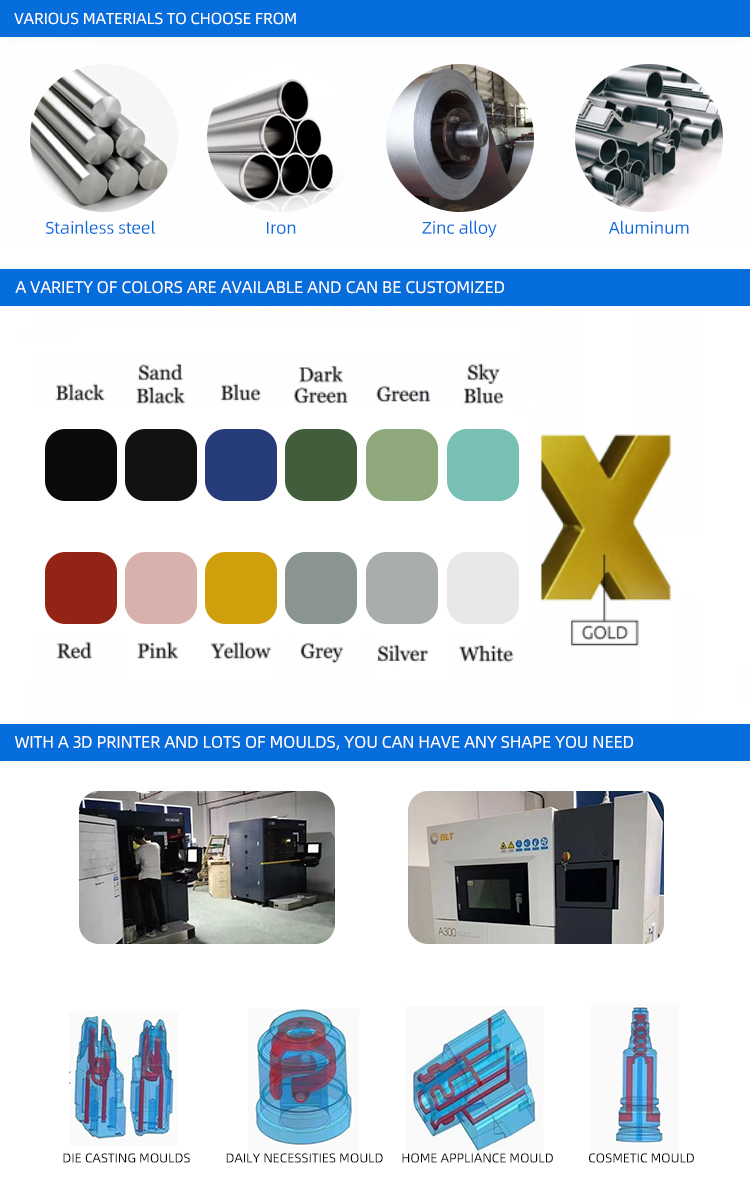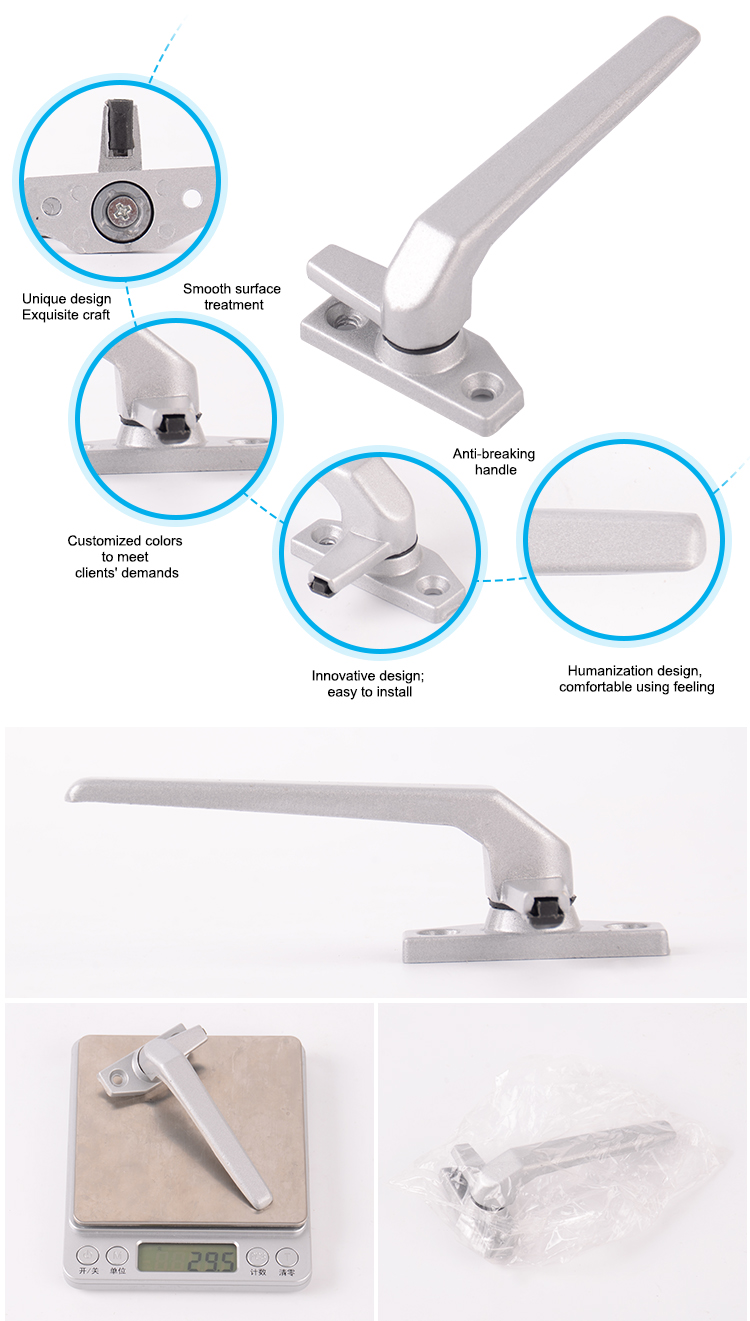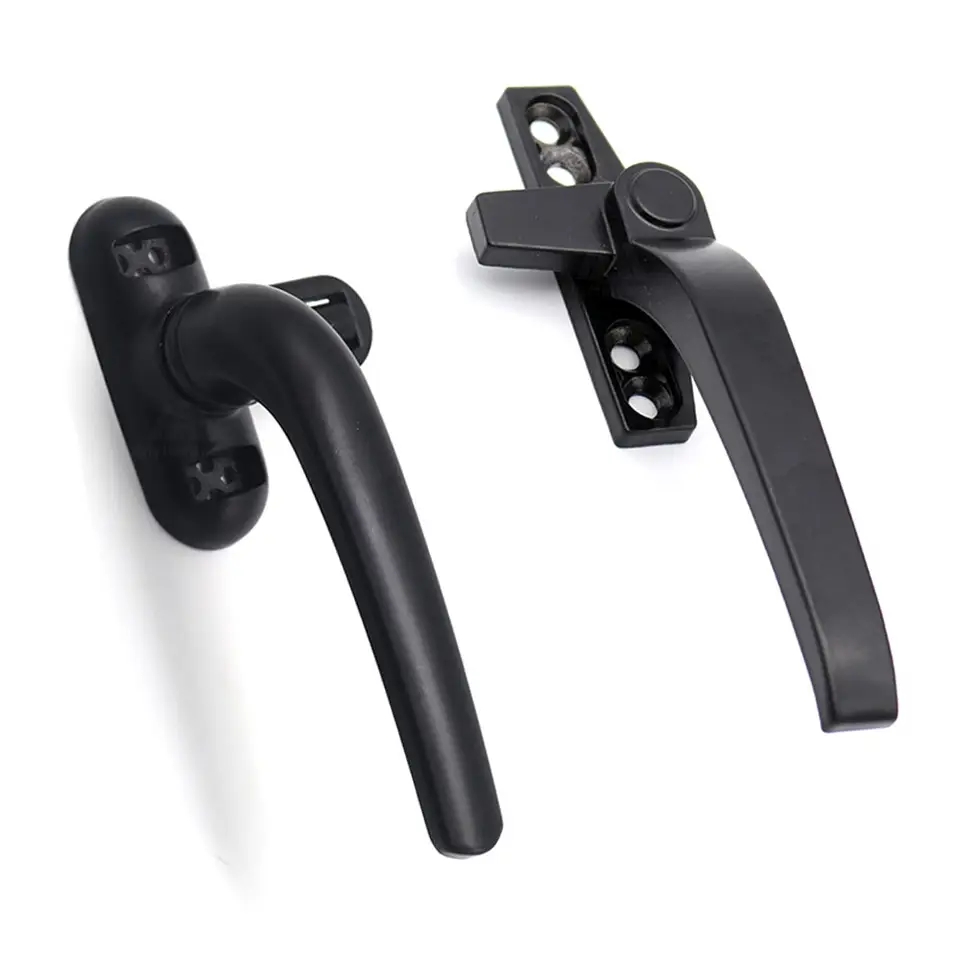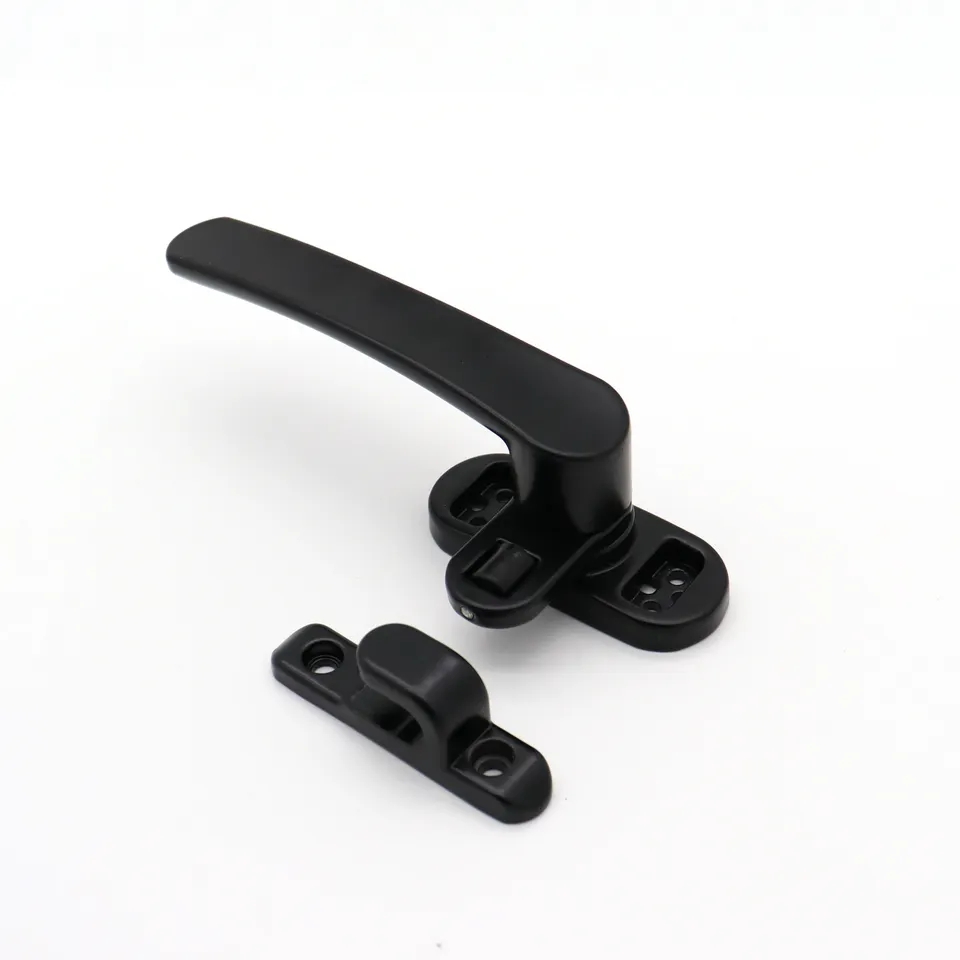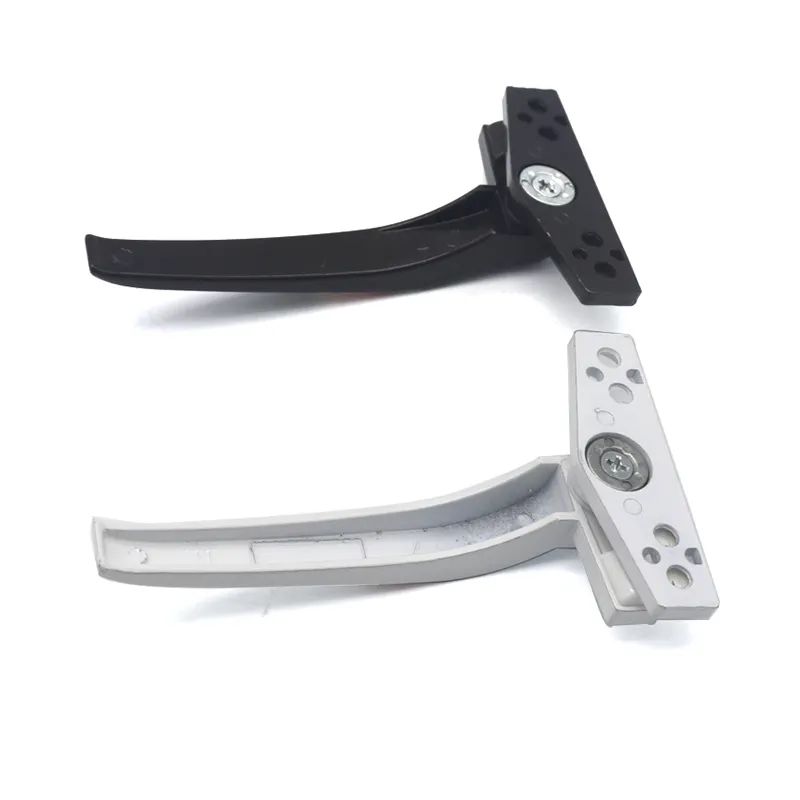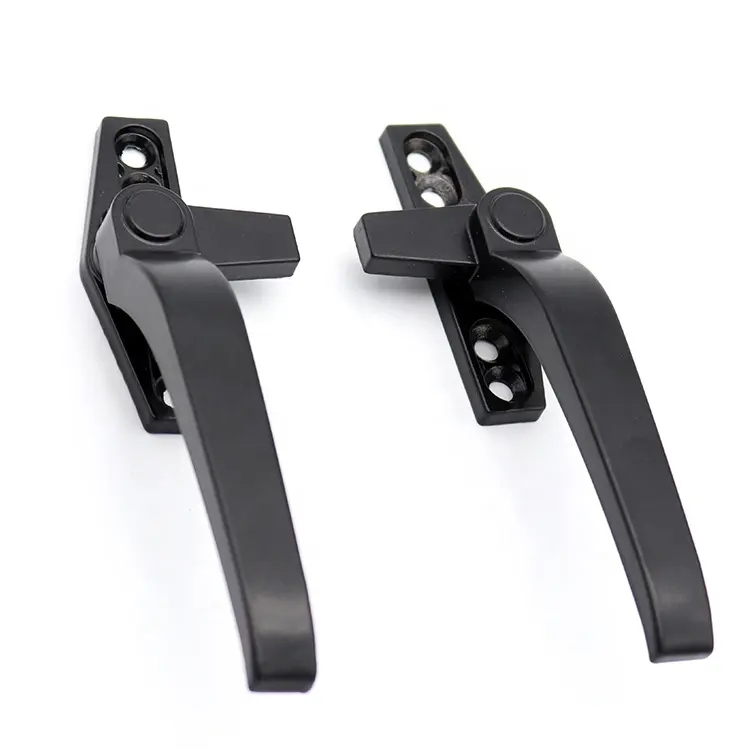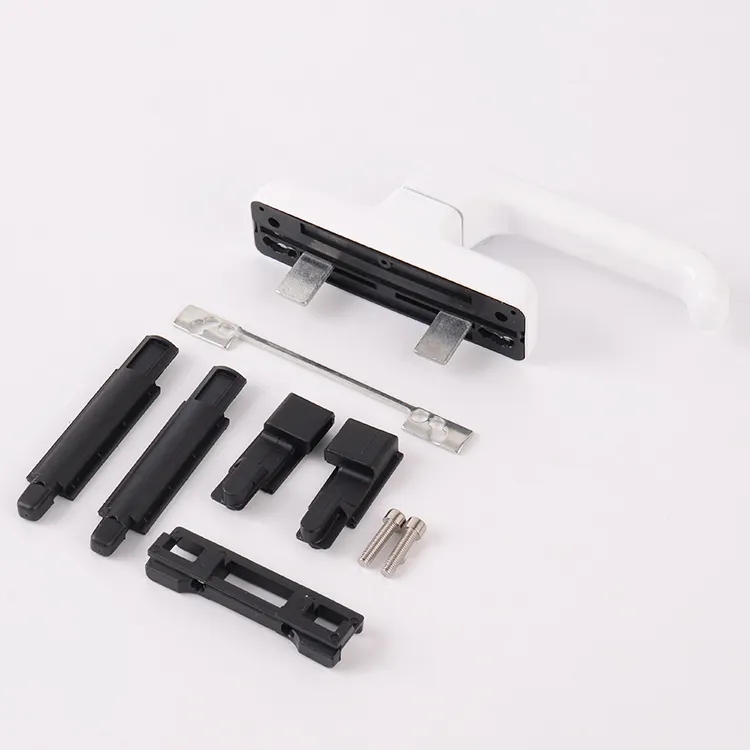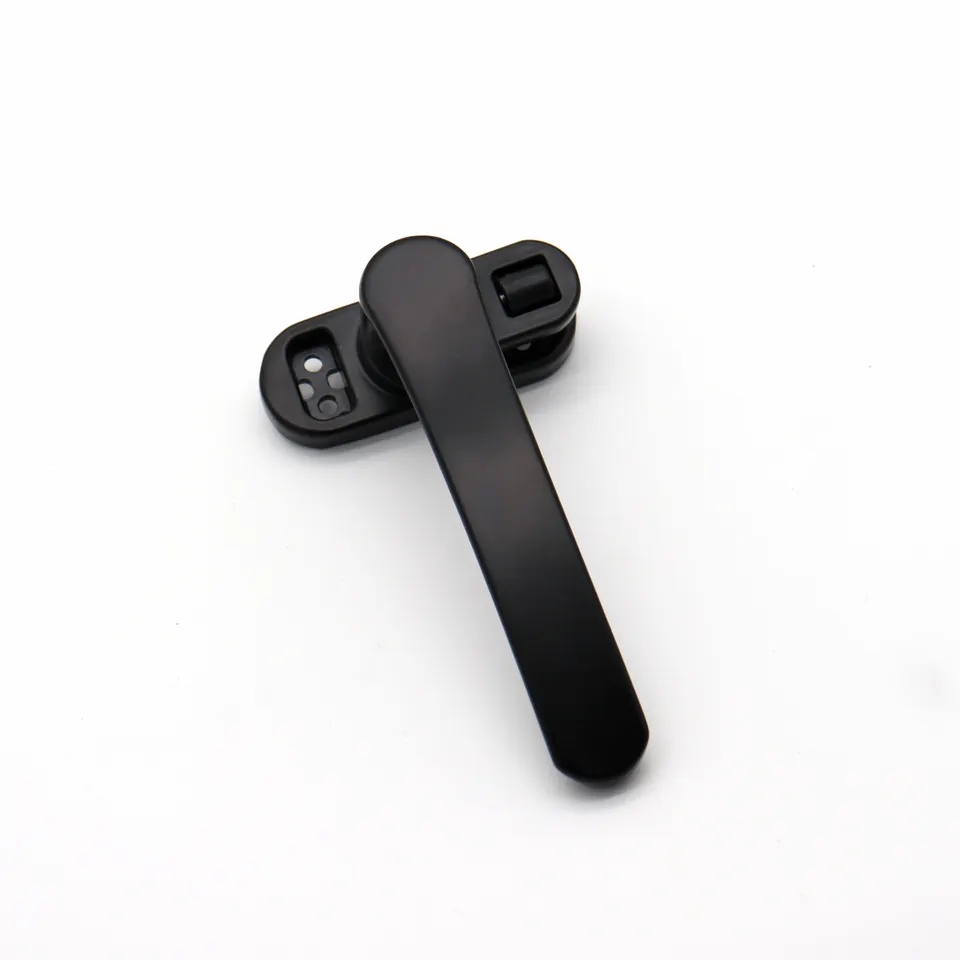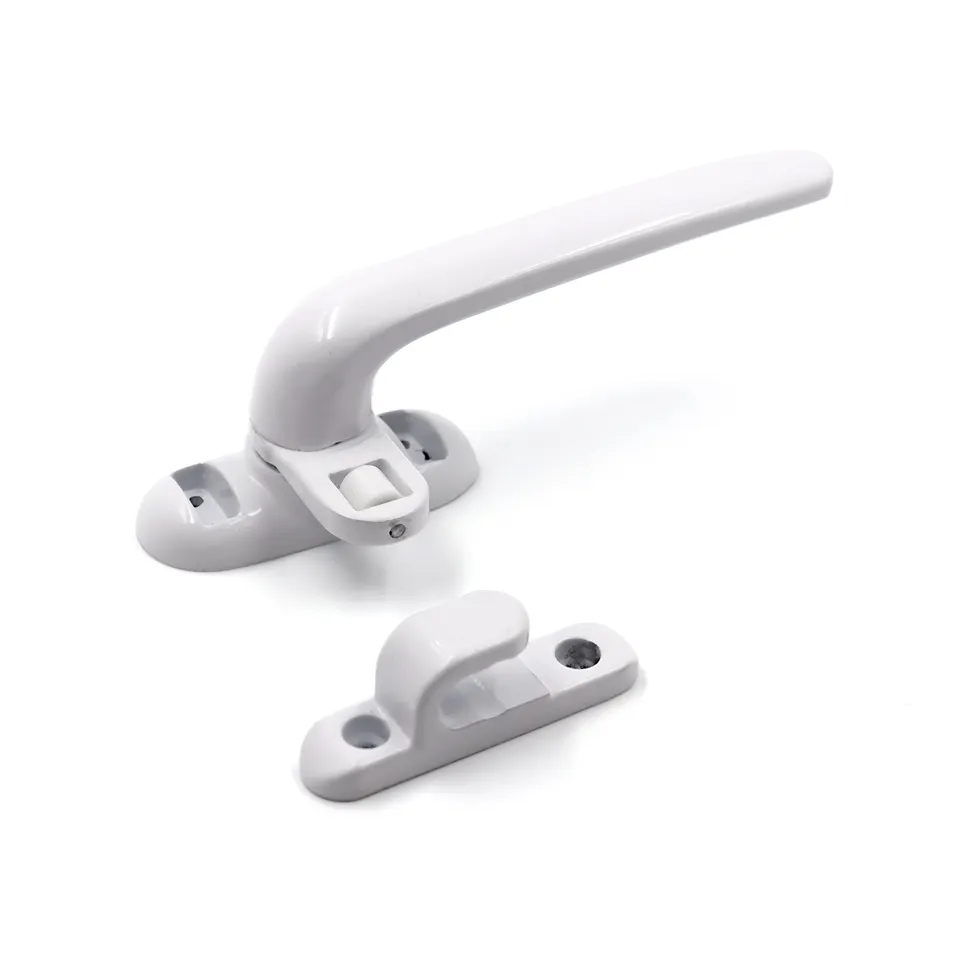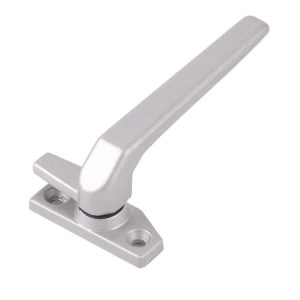Window Handles: The Sublime Marriage of Aesthetics and Practicality in Architectural Design
Introduction
In the dynamic realm of architectural innovation, where form seamlessly merges with function, window handles emerge as the often-overlooked yet indispensable components that effortlessly blend visual beauty with utilitarian value. These unassuming elements wield the power to enhance both the aesthetic charm and functional convenience of architectural spaces. This article delves into the intricate world of window handles, exploring their multifaceted roles, the harmonious interplay of materials and design, and their transformative ability to shape spaces into seamless expressions of elegance and usability.
Exploring the Fusion of Form and Purpose in Window Handles
Window handles serve as the tactile connections that bridge inhabitants with their surroundings, enriching the architectural experience on various dimensions:
Intuitive Interaction: Whether through the fluid movement of a lever or the controlled rotation of a crank, window handles offer tangible engagement that elevates a mundane task to an immersive experience.
Controlled Comfort: Modern window handles provide a range of opening options, empowering users to regulate natural light and airflow, promoting comfort while embracing energy efficiency.
Security and Serenity: Integrated locking mechanisms offer occupants a sense of security, allowing them to immerse themselves in their spaces without concern.
Elevating Aesthetics: The Design Harmony
Window handles go beyond their functional role, becoming integral design elements that enrich the visual narrative of architectural spaces:
Material Ensemble: From the sleek allure of polished metal to the timeless charm of ceramic, the choice of material adds character and depth, seamlessly integrating the handles into the architectural composition.
Architectural Unity: Window handles can either blend harmoniously with architectural styles or stand out as accents, contributing to the overall aesthetic unity of a space.
Finishing Flourish: The finish of a window handle, whether brushed, matte, or patinated, adds the final touch of finesse, creating a cohesive visual impression that resonates with the environment.
Guiding the Selection Process: A Thoughtful Approach
Selecting the perfect window handles requires a meticulous balance between practicality and aesthetics:
Functionality and Form: Prioritize handles that align seamlessly with the operational demands of specific window types, ensuring their form enhances their function.
Design Continuity: Consider the overarching design theme of the space. The chosen handles should resonate with this theme, fostering a consistent visual language.
Ergonomic Excellence: Opt for handles that prioritize comfort and ease of use. Especially in spaces where windows are frequently operated, ergonomic considerations play a significant role.
Conclusion
Window handles, often overshadowed by more prominent architectural elements, epitomize the fusion of artistic expression and utilitarian value. They symbolize the integration of tactile engagement with visual enhancement, creating spaces that invite occupants to thoughtfully interact with their environment. By thoughtfully selecting window handles that align with material choices, design visions, and user comfort, architects and designers craft environments that transcend the ordinary, inviting occupants to engage with their surroundings in a profound way. In the symphony of architectural composition, window handles are the harmonious notes that weave together aesthetics and functionality, ultimately crafting narratives that speak of intention and grace.
